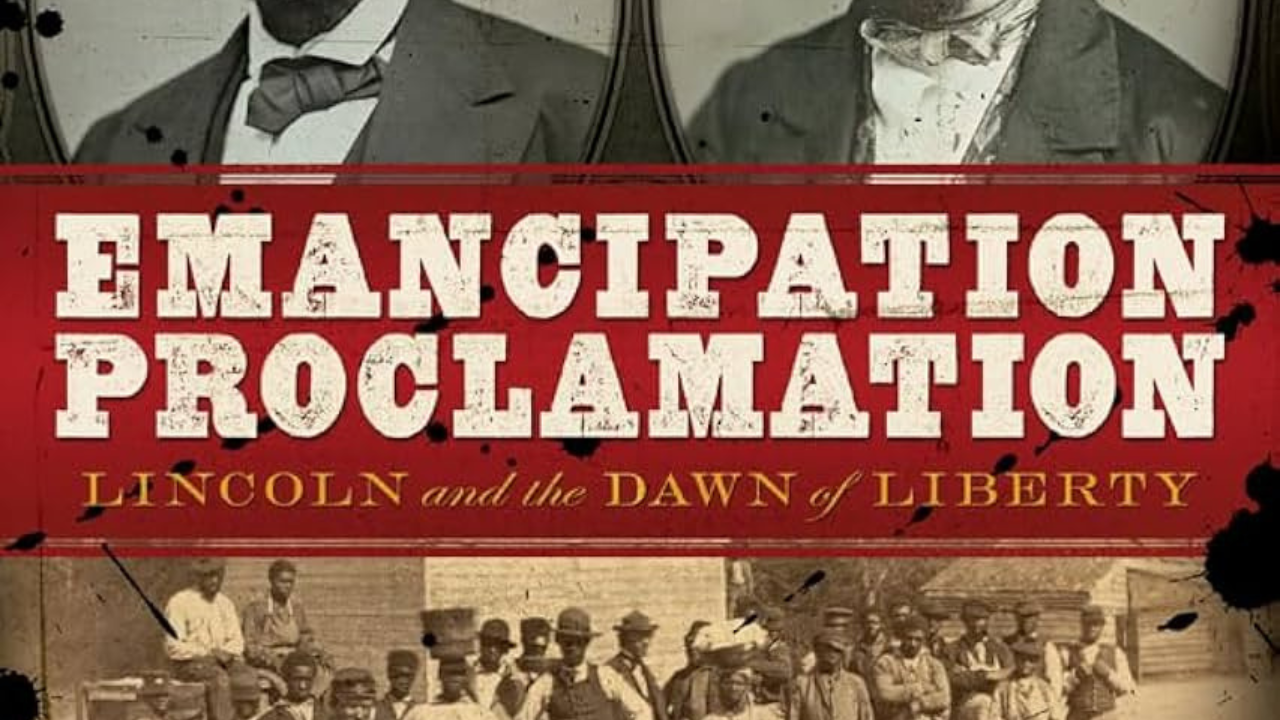The Emancipation Proclamation is one of the most significant documents in American history. Issued by President Abraham Lincoln on January 1, 1863, during the Civil War, it declared the freedom of all enslaved people in Confederate states still in rebellion against the Union. This landmark decision not only redefined the purpose of the war but also marked a turning point in the fight for civil rights in the United States.
Historical Context of the Emancipation Proclamation
Pre-Civil War America and Slavery
In the early 19th century, America was a nation deeply divided by the issue of slavery. The Southern states relied heavily on an agricultural economy that depended on slave labor, while the Northern states were becoming more industrialized and increasingly opposed to the expansion of slavery into new territories. This growing sectionalism set the stage for the Civil War, which erupted in April 1861.
The Onset of the Civil War
When the Southern states seceded from the Union to form the Confederate States of America, the primary aim of the Union was to preserve the nation. However, as the war dragged on, the issue of slavery became increasingly central. Abolitionists pressured President Lincoln to take a strong stand against slavery, arguing that it was not only a moral wrong but also a strategic weakness for the Confederacy.
The Road to the Proclamation
Lincoln’s Evolving Position on Slavery
Abraham Lincoln’s views on slavery were complex and evolved over time. Initially, he was primarily concerned with preventing the spread of slavery to new territories rather than abolishing it outright. However, as the war progressed and Union casualties mounted, Lincoln began to see emancipation as a necessary measure to weaken the Confederate war effort and garner support from European nations that had already abolished slavery.
Preliminary Emancipation Proclamation
On September 22, 1862, following the Union victory at the Battle of Antietam, Lincoln issued the Preliminary Emancipation Proclamation. This document warned that if the Confederate states did not cease their rebellion by January 1, 1863, he would declare their slaves to be free. The preliminary proclamation was a strategic move designed to give the Confederacy a chance to surrender and to lay the groundwork for the full proclamation.
Key Provisions of the Emancipation Proclamation
Immediate and Gradual Effects
The Emancipation Proclamation declared that all enslaved people in Confederate-held territory were to be freed immediately. However, it did not apply to slaves in border states loyal to the Union or areas of the Confederacy already under Union control. This limited immediate impact, but the proclamation had far-reaching implications for the future.
Military and Diplomatic Implications
By framing the Civil War as a fight against slavery, the Emancipation Proclamation made it less likely that European nations, particularly Britain and France, would intervene on behalf of the Confederacy. It also allowed for the enlistment of African American soldiers in the Union Army, bolstering the Union’s numbers and adding a new dimension to the fight against the Confederacy.
Impact on African Americans
Freedom and Challenges
For the millions of enslaved people in the South, the Emancipation Proclamation was a beacon of hope. However, actual freedom often depended on the advance of Union troops. As Union forces moved deeper into Confederate territory, they were able to enforce the proclamation, leading to the liberation of tens of thousands of enslaved people.
African American Soldiers
The proclamation authorized the recruitment of African American men into the Union Army and Navy. Approximately 180,000 African American soldiers and sailors served by the end of the war, playing a crucial role in Union victories and demonstrating their commitment to the cause of freedom and equality.
The Proclamation’s Legacy
A Step Toward Abolition
While the Emancipation Proclamation did not end slavery throughout the United States, it was a critical step toward abolition. The Thirteenth Amendment, ratified on December 6, 1865, formally abolished slavery nationwide, building on the foundation laid by Lincoln’s proclamation.
Influence on Civil Rights Movements
The Emancipation Proclamation has continued to inspire generations of activists and reformers. Its assertion that all people should be free and equal under the law became a cornerstone for the Civil Rights Movement of the 20th century and remains a powerful symbol in the ongoing struggle for racial justice.
Criticisms and Controversies
Limitations of the Proclamation
Critics have pointed out that the Emancipation Proclamation had significant limitations. It did not apply to all enslaved people in the United States, and its immediate practical effects were limited to areas under Confederate control. Moreover, it was a wartime measure that depended on Union military success for its enforcement.
Political and Strategic Motives
Some historians argue that Lincoln’s primary motivation for issuing the proclamation was strategic rather than purely humanitarian. By transforming the Civil War into a fight against slavery, Lincoln aimed to undermine the Confederate economy, boost Union morale, and prevent European intervention.
Conclusion
The Emancipation Proclamation remains one of the most important documents in American history. Despite its limitations, it was a bold and transformative step that reshaped the nation’s trajectory and laid the groundwork for the abolition of slavery. Its legacy endures, reminding us of the ongoing struggle for freedom and equality.
